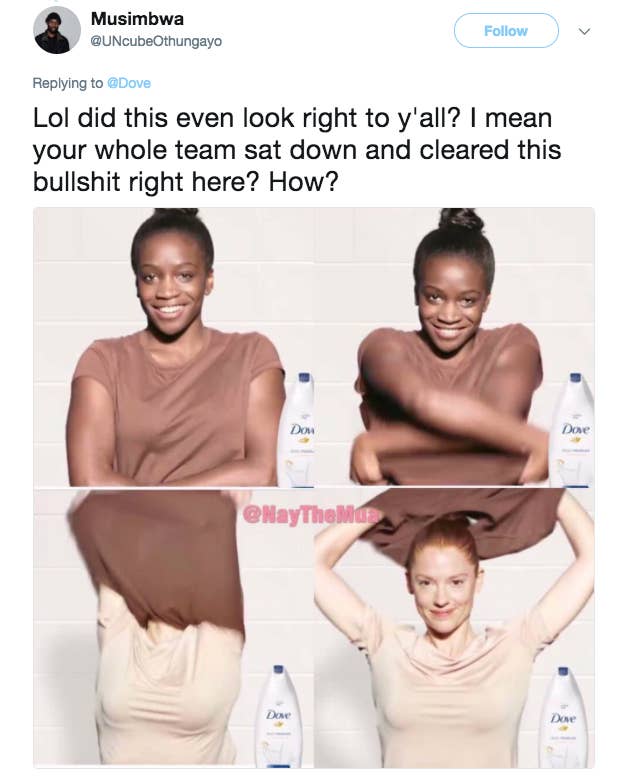et104714@ohio.edu
What's the Deal?
Media outlets rarely covered topics of diversity because they are afraid of stepping on toes. Diversity is a hard topic to cover and can often come across wrong and end up offending entire communities so outlets avoid it. Which should not be the answer to diversity beats. The deal is that media outlets cover stories they think are news worthy. Those stories often have protagonists and antagonists and there are preconceived stereotypes about who the protagonist is and who the antagonist is. Therefore we end up with stories that call mass murders "lone wolves" when they're white and victims of police gun violence are "gang members" when they're black. While many organizations are working to change this, it is a slow movement, when it shouldn't need to be a movement in the first place.
The Double Edged Media Outlet Sword
If an outlet has a diversity beat there are problems because there shouldn't be need for one. When diversity appears in the news it should just be because it is a part of a news worthy story. But, if there is no diversity beat there is not equal coverage and communities feel slighted or even lied to. Outlets are forced into a situation that closely resembles a rock and a hard place. While it may not look the best on a news organization to have a diversity beat, at least diversity is being covered. The same goes for black or Hispanic reporters appearing on television, I can't help but wonder is there not equal coverage because people aren't putting them on the news or they just don't chose journalism as their field of employment.
The Words of Journalists Have Power
 |
| This tweet was featured in a Buzzfeed article where the model in the ad responded to online harassment. |
On a much more extreme level words have power when it comes to violence as well. Words have the power to blow situations extremely out of proportions and cause more harm than good. This article published by the Daily Mail, is one of many that called Stephen Paddock, Las Vegas shooter, a "lone wolf" instead of a terrorist perhaps just because he is white. While reading such articles after news about the attack had just surfaced, I didn't notice anything. I didn't think it was strange, the only strange thing in my mind was the fact that a normal, shy, white male shot and killed masses. Looking back it is absurd. Lone wolf? That is not the correct term for someone who kills tens of people, that is a terrorist. What would have been said in articles if Paddock was of a different race?
Educating Journalists
As a journalist myself it is easy to say that I won't racially profile people in stories, and I would never release ads that are borderline racist, and that I'll always report equal coverage. Many other journalists say the same things and then we end up with some of the most prominent sources reporting fake news about Hispanic communities. While SPJ has a section on diversity ethics and guidelines they can often times be vague and hard to follow when it comes down to a situation.
The best solution to solving diversity coverage is to educate journalists before they get into the field. To try and eliminate words that profile people and opinions they may have before they start writing and reporting so when they do start the public gets the accurate story. While this may not be the most plausible solution it is the best way to get equal coverage in the media.
No comments:
Post a Comment